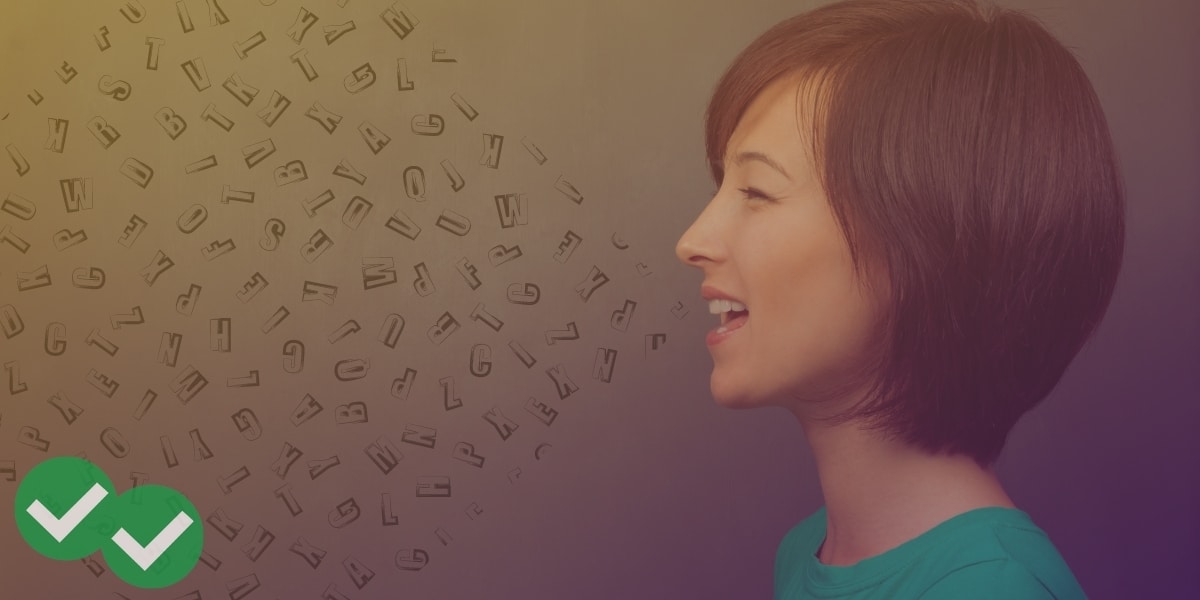
On the official score guide for IELTS Speaking, there are four rubric categories: Fluency and Coherence, Lexical Resource, Grammatical Range and Accuracy, and Pronunciation. In this article, we’ll look at pronunciation. But at the end of the post, you can click to access our guides to the other three aspects of the Speaking rubric.
For this category of IELTS Speaking band descriptors, top band scores only go to those whose pronunciation is “effortless” for a native English speaker to understand. Scores are reduced for mispronunciation, especially if pronunciation problems make it difficult to comprehend a speaker’s message.
Breaking Down IELTS Speaking Pronunciation
The rubric uses numerous bullet points to describe pronunciation skills at different levels. These points can be boiled down to two main points when it comes to Speaking pronunciation: is your speech understandable, and how English-like are the sounds you use? Both points are explored in greater depth below.
Clarity
How difficult is it for others understand your speech?
Low-scoring responses for pronunciation are generally understandable, but mispronunciations reduce clarity.
High-scoring for pronunciation are easy to understand. Accent does not affect clarity. Accent-free is not necessary for a great score, and might take more time than you have to achieve. It’s better to spend that time working on other areas of your IELTS Speaking band score!
Pronunciation Features
Do you use the pronunciation features of English?
Low- and high-scoring responses in pronunciation often show a different level of mastery in the following areas:
- Individual sounds: Every language has its own pronunciation features that make certain English sounds harder to produce than others (w vs. v / th / r vs. l / et cetera).
- Word stress: Every word of two syllables or more has a predictable stress pattern. Keep in mind that these differ occasionally among the various English accents.
- Rhythm: Native speakers tend to slow down and place more emphasis on the keyword of each phrase. This is highly context specific; just keep in mind that you should emphasize the most important idea in each phrase slightly more.
Here’s what intonation can do in practice:
- Did you give the paper to Jim?
- No, I gave the paper to ALICE.
versus
- Did you give the paper to Jim?
- No, I gave the BALL to Jim. I gave the PAPER to Alice.
- Intonation: Following very similar rules as rhythm, intonation can change the meaning of a sentence. Native speakers tend use the rising and falling tones to emphasise the keywords in each phrase, but also to indicate when they are asking a question (often a rising tone at the end of a yes/no question, especially in American English), or when they have completed a thought (with a falling tone). The rules for intonation are highly complex and vary greatly.
The Other Speaking Rubric Categories
As I mentioned at the beginning of this post, Magoosh offers guides to all four categories on the IELTS Speaking rubric. Click the links below to explore the rest of the official Speaking band descriptors in-depth!





Leave a Reply